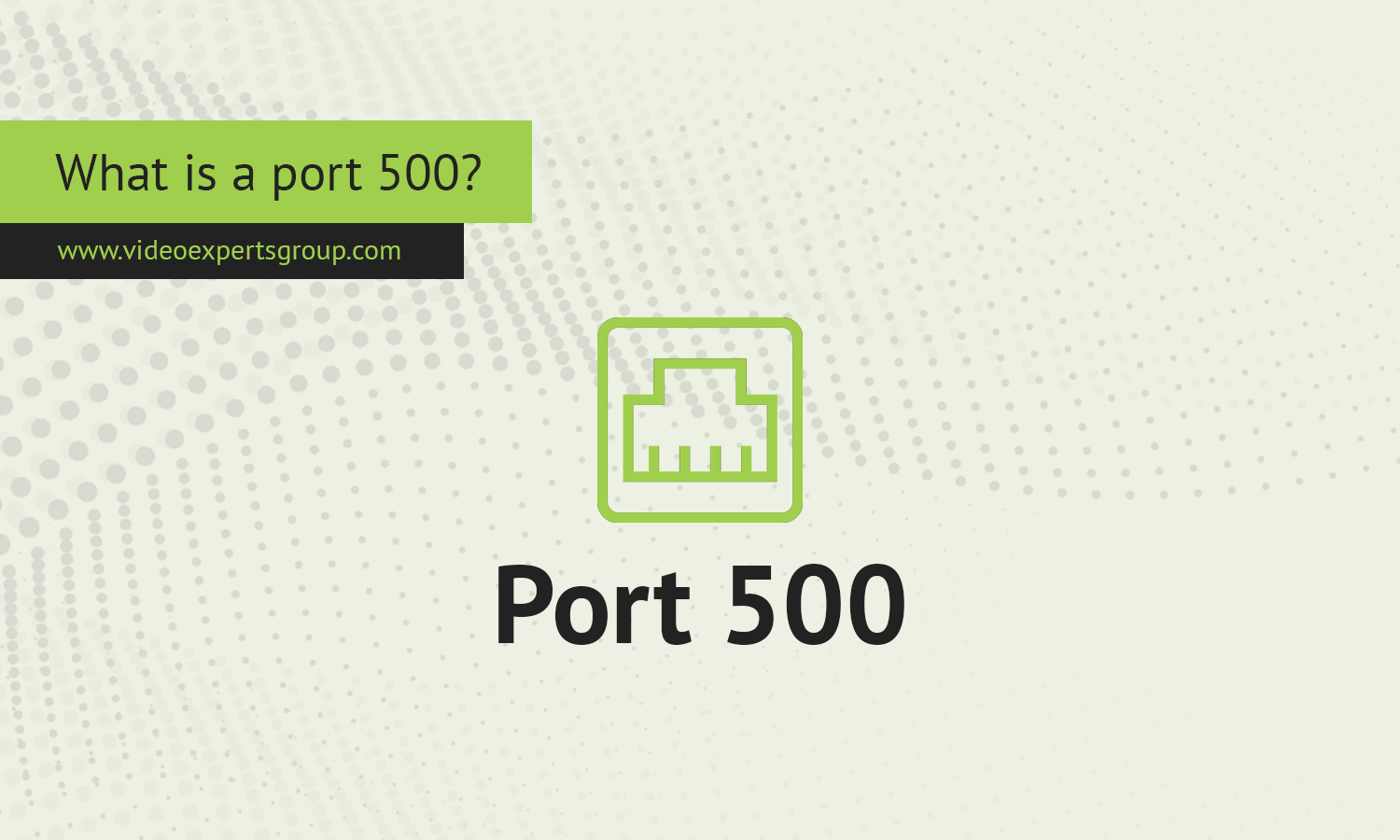Each port number is assigned to a specific protocol or service, enabling efficient data transfer and interaction. Port 500 is one such port that plays a significant role in securing network communications, particularly in virtual private networks (VPNs). This article explores the meaning of Port 500, its uses, and the potential vulnerabilities associated with it.
Meaning
Port 500 is officially designated for use by the Internet Key Exchange (IKE) protocol. IKE is a critical component of the IPsec (Internet Protocol Security) suite, which is used to establish secure and encrypted connections over the internet. The IKE protocol helps in setting up security associations (SAs) by negotiating and establishing the cryptographic keys and algorithms that will be used for IPsec communication. In simpler terms, Port 500 is the gateway through which devices initiate and manage the secure exchange of data in VPNs.
What is Port 500 Used For?
Port 500 serves several important functions, primarily related to secure network communications:
-
IKE Negotiation: The primary use of Port 500 is to facilitate the negotiation process of the IKE protocol. During this process, two devices (such as a VPN client and server) communicate over Port 500 to agree on security parameters, such as encryption methods and key exchange mechanisms. Once these parameters are agreed upon, a secure communication tunnel is established between the devices.
-
VPN Establishment: Port 500 is essential for setting up VPNs, particularly those that use the IPsec protocol. When a user connects to a VPN, the initial handshake and negotiation occur over Port 500. This ensures that the communication between the user’s device and the VPN server is secure from the outset.
-
Authentication and Encryption: IKE, using Port 500, handles the authentication of devices and the negotiation of encryption keys. This is crucial for ensuring that only authorized devices can access the network and that all data transmitted over the VPN is encrypted, protecting it from interception and tampering.
-
Mobility and Remote Access: Port 500 is also used in scenarios where users need secure remote access to corporate networks or other secure environments. By using IKE over Port 500, remote users can establish a secure connection to their organization’s network, ensuring that their data remains private and secure, even when accessing it from potentially insecure locations.
Vulnerabilities
While Port 500 is vital for secure communications, it is not immune to vulnerabilities. Understanding these potential risks is key to maintaining the security of networks that rely on IKE and Port 500:
-
Man-in-the-Middle (MitM) Attacks: If the IKE negotiation process is not properly secured, an attacker could potentially perform a MitM attack, intercepting or altering the communication between the two devices. This could allow the attacker to inject malicious keys or gain unauthorized access to the network.
-
Denial of Service (DoS) Attacks: Port 500 can be targeted in DoS attacks, where an attacker floods the port with excessive connection requests. This can overwhelm the VPN server, preventing legitimate users from establishing secure connections and potentially causing network outages.
-
IKE Vulnerabilities: The IKE protocol itself has had known vulnerabilities in the past. For example, older versions of IKE (such as IKEv1) have been found to be susceptible to certain types of attacks, including replay attacks and flaws in the key exchange process. While IKEv2, the newer version, addresses many of these issues, some systems still use the older version, leaving them vulnerable.
-
Weak Encryption Algorithms: During the IKE negotiation process, if weak or outdated encryption algorithms are selected, the security of the VPN connection could be compromised. Attackers could exploit these weaknesses to decrypt the communication or perform other cryptographic attacks.
-
Configuration Errors: Misconfigurations in the setup of IKE and IPsec can lead to security gaps. For example, if the security policies are not properly defined or if Port 500 is left open to unauthorized access, attackers could exploit these weaknesses to gain access to sensitive data or disrupt secure communications.
Port 500 is a critical component in the establishment of secure network connections, particularly in the context of VPNs using the IPsec protocol. It facilitates the IKE negotiation process, ensuring that data is securely encrypted and transmitted over the internet. However, like any network service, Port 500 is not without its vulnerabilities. By understanding the potential risks associated with this port, such as MitM attacks, DoS attacks, and weaknesses in the IKE protocol, network administrators can take steps to secure their systems. This includes using updated protocols like IKEv2, implementing strong encryption algorithms, and ensuring proper configuration to protect against unauthorized access and potential exploits.
















